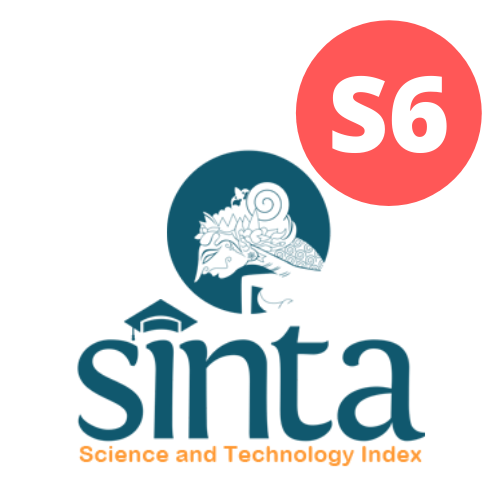ANALISIS FAKTOR RISIKO KEJADIAN STUNTING PADA ANAK BADUTA (6-24 BULAN) DI WILAYAH KERJA PUSKESMAS MOWILA
Abstract
Stunting, failure of growth to achieve linear growth potential, caused by suboptimal health and/or chronic malnutrition since and even before birth. The World Health Organization (WHO) defines stunting as a condition of very short body that exceeds a deficit of 2 SD below the median length or height. This study aims to analyze the risk factors that can affect the incidence of stunting in children under two years of age in the Mowila Health Center, South Konawe Regency. This research design uses an observational analytic study with a case-control approach. The number of samples was 94 people spread over in the Mowila Health Center, South Konawe Regency, Southeast Sulawesi Province. The instrument used is Anthropometry, Informed consent, questionnaire. Microtoise and Infantometer. The data were analyzed using the Che-Square statistical test with a significance value (p<0.05. 77.7% of the mother's age were between 20-35 years old, the mother's education level was mostly (54.2%) graduated from high school, the mother's occupation (91.5%) was a housewife. Risk factors for stunting in children under two years old showed that while in normal children the mother's education level (39.4%) was also low. OR value (1.93), families with sufficient income (69.6%) have normal nutritional status, while families with less income (56.3%) are stunted under five. OR value (0.339). Mother's education has no effect on the incidence of stunting in children under two years. family income have an effect on the incidence of stunting in children under two years old










